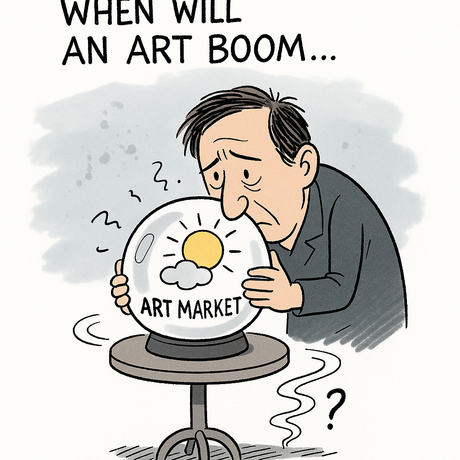A major retrospective at the Museum of Art and History of Judaism in Paris is bringing long-overdue recognition to Denise Bellon, a pioneering French photographer whose remarkable century-long life and artistic achievements had fallen into relative obscurity despite her significant contributions to 20th-century photography. The exhibition, titled "Denise Bellon: A Wandering Gaze," runs from October 9, 2025, through March 8, 2026, presenting a comprehensive look at her extraordinary body of work.
In a 1986 interview with her filmmaker daughter Yannick Bellon, Denise Bellon articulated her profound connection to photography: "Why did I choose photography? It's because its magical aspect has always fascinated me. That we can finally have time at our mercy, that by pressing a button we can freeze time, this eternal enemy of mankind, his perpetual anguish—isn't that extraordinary? In this struggle between man and time, man is finally somewhat victorious." These words capture the essence of an artist who dedicated her life to capturing fleeting moments and preserving them for eternity.
Bellon lived nearly a full century, from 1902 to 1999, witnessing and documenting the dramatic transformations of the modern world. Throughout her career, she photographed an impressive array of subjects, from renowned artists, writers, filmmakers, and actors to anonymous individuals whose stories she felt compelled to tell. Her lens captured a world in motion, moving toward industrial modernity, with factory lines inspiring her artistic vision alongside the liberation of the human body in the 1930s and the great Surrealist adventure that captivated the cultural imagination of her era.
Despite participating in numerous exhibitions during her lifetime and creating exceptional reportages that circulated globally, along with advertising, fashion, and art photography that testified to a life full of adventure and hope as she traversed the 20th century, Bellon's work had been relatively forgotten by the general public for decades. It has taken nearly forty years since that 1986 interview for this talented photographer to emerge victorious from her struggle with another form of time—the time of oblivion that had enveloped much of her artistic legacy.
The current exhibition represents a triumph of justice, according to co-curators Nicolas Feuillie, head of the photographic collection at the Museum of Art and History of Judaism, and Eric Le Roy, a cinema historian and author of a comprehensive book about Bellon's work published by La Martinière. Le Roy, who serves as the legal heir to Bellon's estate, has been instrumental in preserving and promoting her artistic legacy. His expertise extends beyond Bellon's work to include her filmmaker daughter Yannick Bellon and director Jean-Pierre Mocky, reflecting his deep involvement in French cinema preservation.
The exhibition presents a visual narrative of a life characterized by travel, encounters, freedom, and creation, as well as political and artistic commitments. Throughout her career, Bellon was guided by a profound philosophical question that accompanied her throughout her life: "Isn't the most beautiful landscape on Earth the human face?" This reflection, featured in the magnificent exhibition catalog, concludes the presentation by the two curators and encapsulates Bellon's humanistic approach to photography.
Bellon possessed what her contemporaries described as "a taste for adventure, the unexpected, and challenges." Bold in her behavior, she would have loved to be an explorer. These qualities drove her to master photography and embark on remarkable journeys that resulted in some of her most compelling work. Her reportage travels took her across Europe and beyond: to Eastern Europe in 1934, Morocco in 1936, French West Africa in 1939, Finland in 1939, and Tunisia in 1947. She also co-founded the first photographic cooperative with several friends, demonstrating her entrepreneurial spirit and commitment to collaborative artistic endeavors.
Throughout her career, Bellon explored photography's diversity guided solely by her intuition, never aligning herself with any particular aesthetic school. Her photographs alternated between humanistic approaches and bursts of creative energy that celebrated fraternity and freedom, while also expressing her taste for the strange and bizarre—a reflection of her passion for Surrealism. Her images were widely published in magazines and periodicals until 1940, establishing her reputation in the photographic world.
Bellon's artistic journey intersected with many of the most significant cultural figures of her time. Her path crossed with Jacques Prévert, André Breton, Marcel Duchamp, Moïse Kisling, Salvador Dalí, André Masson, Jean Giono, and Henry Miller, among others. These encounters enriched her artistic perspective and positioned her at the heart of the cultural movements that defined the 20th century. The exhibition and accompanying book showcase these connections, revealing how her work both documented and participated in the artistic revolutions of her era.































